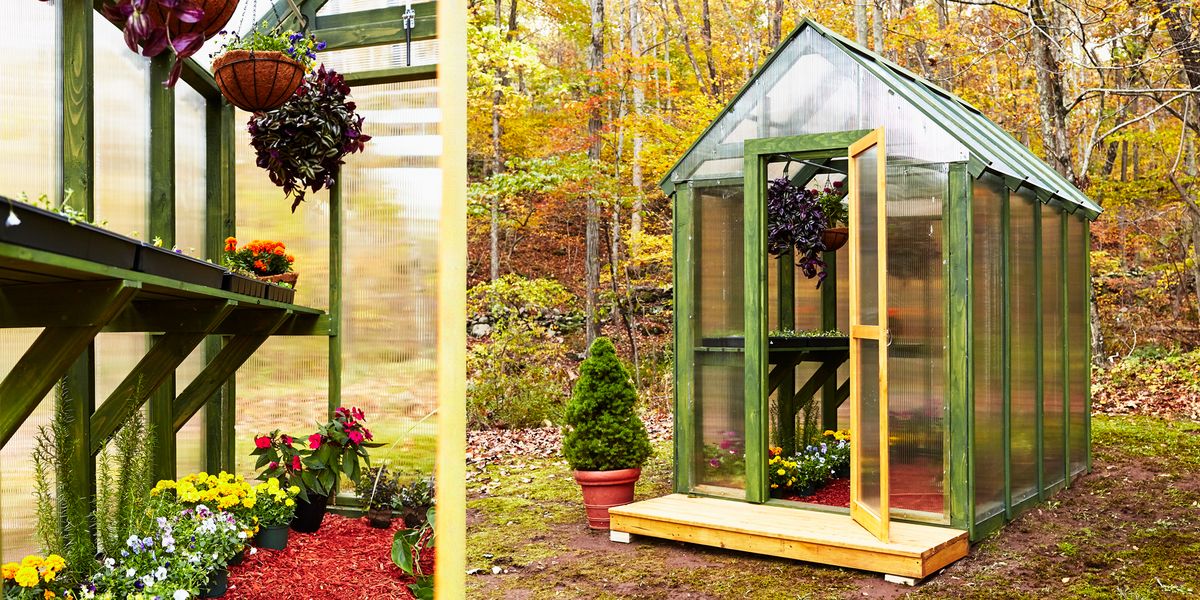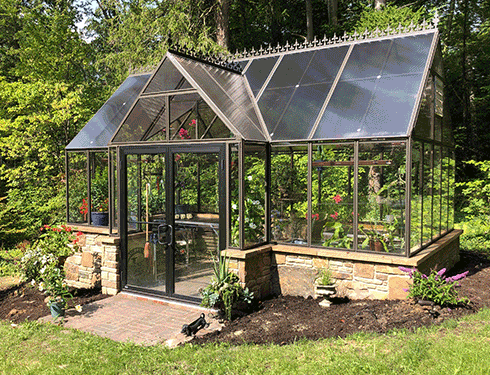Building Dreams, Growing Environment-friendly: Monarch Greenhouse Builder Utah at Your Solution
Wiki Article
The Future of Greenhouses: Innovations in Lasting Farming
Are you interested regarding the future of greenhouses and exactly how they are reinventing lasting agriculture? From sophisticated environment control systems to upright farming strategies, water-efficient watering approaches, eco-friendly power integration, and clever information analytics, these developments are transforming the way we expand our food.Advanced Climate Control Systems
To accomplish optimal growing conditions, you can count on the improvements in greenhouses with innovative climate control systems. These systems have actually transformed the means we cultivate plants, giving a regulated atmosphere that is helpful to plant development. With these ingenious systems, you can now adjust temperature, humidity, light levels, and even CO2 focus to produce the perfect conditions for your plants to thrive.Among the vital attributes of these innovative climate control systems is their ability to manage temperature level. By utilizing sensing units and automated controls, the greenhouse can readjust the temperature level based on the particular requirements of the plants. This ensures that they are never revealed to extreme heat or cold, which can be destructive to their growth.
Moisture control is another essential facet of these systems. By keeping the suitable humidity levels, you can protect against issues such as mold and mildew, mold, and condition from impacting your crops. These systems can likewise control the amount of light that reaches the plants, making certain that they receive the optimum amount for photosynthesis.
Moreover, progressed environment control systems can also manipulate CO2 focus. By enhancing the levels of carbon dioxide in the greenhouse, you can enhance plant growth and productivity. This is specifically beneficial in areas with low natural carbon dioxide degrees.
Upright Farming Methods
One important upright farming strategy is using piled growing systems. Monarch Greenhouse builder Utah. These systems involve preparing plants in multiple layers, vertically stacked on top of each various other. By using vertical area, farmers can optimize their plant yield without calling for added land. Stacked expanding systems are typically used in metropolitan locations where room is restricted.One prominent technique is called upright hydroponics, where plants are expanded in nutrient-rich water without dirt. This method is highly efficient as it decreases water use by as much as 90% compared to traditional farming approaches. Furthermore, since the plants are grown inside, they are shielded from bugs and conditions, lowering the demand for chemicals.
An additional method is aeroponics, which includes suspending the plant roots in a haze or air setting. This approach enables ideal nutrient absorption and oxygenation, leading to faster growth and higher returns. Aeroponics likewise makes use of much less water than conventional farming and can be applied in vertical systems, making it a prominent option for upright farming.
Water-efficient Watering Approaches
Optimizing water conservation is crucial when it pertains to executing water-efficient irrigation approaches in lasting farming. With worldwide water shortage ending up being a pushing problem, it is essential to establish ingenious strategies that enhance water usage in greenhouse operations.One encouraging technique is drip watering, which provides Monarch Greenhouse Sheds Utah water directly to the plant roots, minimizing waste and dissipation. By using a network of tubes with tiny emitters, water is applied slowly and exactly, making sure that plants get the essential dampness without excess drainage.
An additional reliable technique is using soil wetness sensing units. These gadgets determine the moisture material in the dirt and provide real-time information to farmers. By keeping track of the dirt's wetness degrees, farmers can accurately figure out when and just how much water to use, avoiding over-irrigation.
Moreover, the implementation of rainwater harvesting systems is gaining appeal in greenhouse farming. Collecting rainwater from roofs and keeping it in tanks allows farmers to use this natural deposit for irrigation functions, lowering reliance on traditional water resources.
Lastly, the fostering of automated watering systems can substantially boost water effectiveness. These systems use sensing units to detect soil dampness levels and climate condition, adjusting watering schedules appropriately. By maximizing water use based upon actual plant demands, these systems can reduce water waste and advertise lasting farming methods.
Renewable Energy Integration
Sustainable energy assimilation in greenhouses offers several advantages, consisting of lowered operating prices and reduced reliance on non-renewable power sources. The created power can then be used to run various procedures within the greenhouse, such as home heating, ventilation, and illumination systems. These turbines harness wind power and convert it right into electrical power, which can be made use of to supplement the energy needs of the greenhouse.Smart Information Analytics and Automation
To enhance the efficiency of your greenhouse operations and maximize source use, think about carrying out smart data analytics and automation. Smart information analytics involves gathering and assessing information from numerous sensing units and tools within your greenhouse.
This can consist of automating the control of lights, air flow, watering systems, and nutrient distribution. By automating these processes, you can make sure that your plants get the right conditions and nutrients at the ideal time, without the need for consistent hand-operated treatment.
Moreover, smart data analytics and automation can function together synergistically. The data collected by sensors can be used to notify automatic systems, allowing them to make real-time adjustments based upon the present problems. This combination of data analytics and automation can result in much more accurate and effective source allowance, ultimately resulting in higher returns and much better crop top quality.
Verdict
In final thought, the future of greenhouses in sustainable farming looks promising. With advanced climate control systems, upright farming techniques, water-efficient watering techniques, and eco-friendly power integration, greenhouses are ending up being a lot more environmentally friendly and efficient.
By optimizing water use based on real plant needs, these systems can lower water waste and advertise lasting farming practices.

Report this wiki page